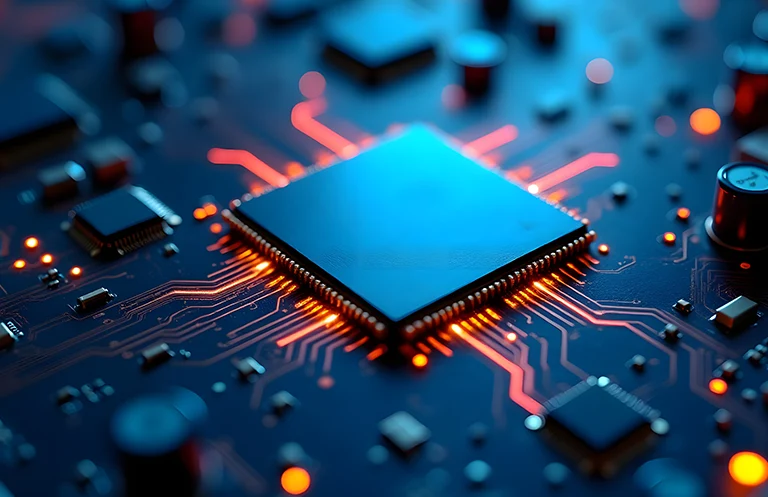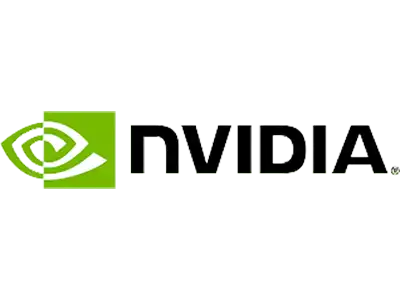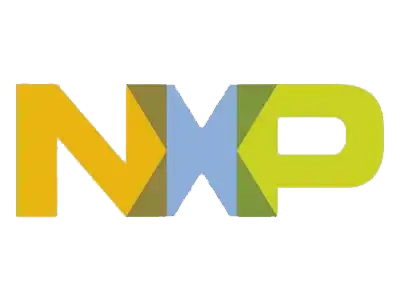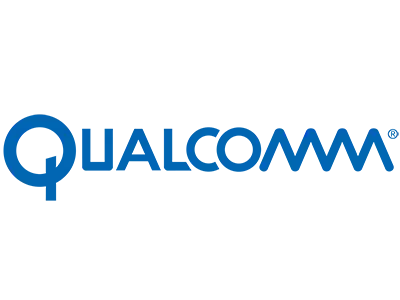An Overview
The steady hum of machines is a familiar sound that one hears on a walk through the radiology department of any hospital. CT scanners, MRIs, and ultrasound machines work hard to reveal the true picture of the events in the body.
Behind all these sounds and screens, there is a quiet language making it all work, one that most patients never notice, but it plays a crucial role.
The language is DICOM.
What Is DICOM
DICOM, which stands for Digital Imaging and Communications in Medicine, might appear to be nothing more than a dry technical term.
Why DICOM is Important?
It acts as the central system that holds modern radiology imaging together and keeps everything running without a hitch. From acquiring images to sharing and storing them, every step relies on DICOM—and on tools like the DICOM viewer, which allows healthcare professionals to view and interpret those images seamlessly.
Every time a radiologist looks at CT scans, X-rays, or MRI images before surgery, DICOM viewer is quietly working in the background, making sure that the images are clear, that the patient info is correct, and everything runs smoothly.
The quiet and invisible DICOM works silently behind the scenes.
A Universal Translator for Machines
With equipment coming from dozens of manufacturers like GE, Siemens, and Philips, hospitals need a way for their machines to communicate. Otherwise, the MRI and the storage system might also be speaking different languages!
This is where DICOM comes in. It is more than just a file format for medical images, it is a communication system, like a universal language that medical devices use to understand each other. It makes sure that the machines share the right information at the right time.
A good analogy is that it is like trying to send an email when your laptop, Wi-Fi, and email apps all speak different languages! Without DICOM, hospitals would be dealing with that kind of confusion every single day.
What Makes a DICOM File So Special?
Most people think of medical scans as just pictures, but DICOM files carry much more information. They hold:
- Patient info (Name, ID, DOB)
- Scan details (Device used, technique, time, slice thickness)
- Clinical context (Referring physician, study description)
Each DICOM file holds a complete package of medical data all in one place.
It guarantees the accuracy and relevance of a scan, whether the scan is viewed today or a decade from now, whether right here in the hospital or miles away.
From Order to Archive – DICOM Runs the Show
Let us take a quick look at how a CT scan makes its way through the system:
- A doctor requests the scan.
- The scanner checks the schedule using the DICOM Modality Worklist.
- The scanning process is done, and the images are saved in the DICOM format.
- These files are sent to the PACS (Picture Archiving and Communication System), a system that stores and shares medical images.
- A radiologist looks at the images and gives a diagnosis.
- It is saved in the patient’s data record so that the doctors can get it easily when required.
From start to finish, DICOM is in the background, keeping things connected and reliable.
Real-Life Examples and Workflows
DICOM was initially used only in radiology but now it is used in many other medical areas.
Let us explore the other areas too where DICOM is used today.
Radiology
DICOM was primarily used in radiology and is still used for X-rays, MRIs, CT scans, and PET scans. The images are saved in PACS and shared easily with doctors and care teams. DICOM has become the backbone of radiology imaging, ensuring interoperability and consistency across platforms and departments.
Cardiology
In heart care, DICOM helps manage images from tests like echocardiograms, angiograms, and heart MRIs. It keeps images well-arranged so that doctors can find accurate answers.
Oncology
DICOM connects medical images to radiation therapy planning tools, helping doctors precisely target tumors using CT or MRI scans.
Pathology
Digital pathology now uses DICOM for Whole Slide Imaging (WSI), making it easier to include detailed tissue images as part of a patient’s full medical record.
Dentistry and Orthodontics
With DICOM, dentists can easily use 3D scans, panoramic X-rays, and other images across different systems.
Veterinary Medicine
DICOM is not only used in human medicine, but is also common in animal hospitals now, where vets rely on it to manage and share images too.
In short, no radiology imaging or diagnostic workflow moves forward without DICOM.
The Challenges of DICOM
DICOM has its imperfections. After all, any long-standing standard tends to accumulate some baggage.
- Vendors sometimes have their own take on the standard.
- File sizes can get huge, especially with the rise of 3D images and video.
- Bringing DICOM to Cloud, mobile, and AI technology is still work-in-progress.
The system is changing. For example, DICOMweb updates the old system with APIs and web services, making it easier to use on phones and in the Cloud.
DICOMweb and the Shift to the Cloud
As healthcare shifts to the Cloud, there is a growing need for easier, more modern access to medical images. Traditional DICOM was built for local networks and desktops, making it harder to use with the present day web tools, mobile apps, and remote care.
DICOMweb is a newer version of the DICOM standard that uses common web technologies like HTTP, REST APIs, and JSON. It makes it easier for systems and developers to access, share, and work with medical images over the web.
It lets systems and developers:
- Search, access, and share DICOM images online
- Access and view images directly on the web or on the phone
- Integrate imaging workflows with cloud-based electronic health records and AI-powered tools.
This change makes medical imaging easier to use and share, especially for telemedicine, remote radiology, and hospitals working together.
DICOMweb brings medical imaging into the modern era, allowing for quicker setup, remote diagnosis, and smoother integration with technologies like AI and mobile apps.
Final Thoughts
DICOM – The Silent Partner in Patient Care
Most of the time, we thank doctors, technology, and data for saving lives. Without DICOM, those vital images would be stuck in isolated systems, hard to interpret, or locked away in formats that do not work well together.
DICOM functions silently behind the scenes and is essential to every medical diagnosis. It acts as the hidden courier for scans and is the invisible system that ensures medical imaging runs without a hitch.
Next time your doctor pulls up your X-ray in seconds or compares it to one from years ago, do not call it magic. Call it DICOM!











